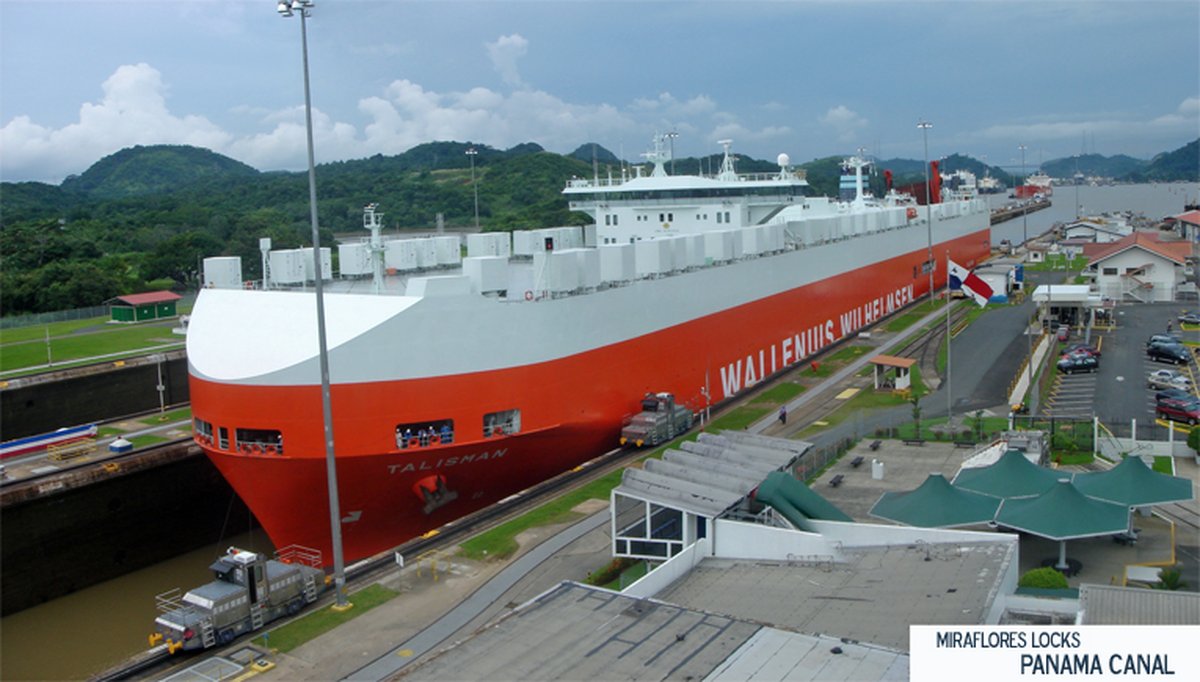🇵🇦map Panama [Overview]

Panama, known locally as Panamá, sits on the slender isthmus that links Central and South America. The country’s shape runs east to west in a gentle, inverted “S,” and its Pacific coastline is longer than its Caribbean side. Home to a few million residents, many Panamanians live in and around Panama City, with a dense mix of neighborhoods stretching along the bay and the historic Casco Viejo as a centerpiece. The land is a true bridge between continents, and its midsection dips so low that rainforest conservation near the canal is a national priority to keep the waterways from silting.
Panama’s story has always revolved around movement. Spaniards established it early as the land route for Andean gold, then buccaneers famously sacked Old Panama in the 1600s, and later the transisthmian railroad and the canal made the country a hinge of global trade. In 1903, Panama became independent, and the canal defined its modern identity as “the path between the seas.” Today, you still feel that legacy in the mix of communities—Creole elites, interioranos from the countryside, long-established Chinese families, Jewish and Hindu communities, and indigenous groups such as the Kuna—each leaving a mark on the capital’s food, businesses, and neighborhoods.
Economy
Panama’s economy revolves around services tied to its transit role—think shipping, logistics, banking, and commerce—supported by a long history as the custodian of the route between oceans. Cattle ranching and agriculture shape life in the interior, while fishing and seafood are mainstays along the coasts. The country leverages its geography as a prime resource, protecting rainforest in the canal watershed and maintaining port, rail, and urban infrastructure that keeps trade moving. In the cities, you’ll find a lively small-business scene, from longstanding Chinese restaurants to boutique services that cater to travelers, professionals, and retirees.
Connectivity is Panama’s calling card. The canal anchors it to global supply chains, and Panama City operates as a regional hub where international organizations maintain a footprint and professional networks crisscross the Americas. This same openness attracts NGOs, investors, and mobile professionals who value direct access to North and South American markets. For expatriates and digital nomads, the result is unusual: a compact country with outsized global links and a daily rhythm shaped by ships, flights, and commerce.
Culture
Spanish is the dominant language, and you’ll hear it everywhere from government offices to corner cafés, with indigenous languages present in their communities and English understood in business and tourism. Panamanians are a blend of Creoles and mestizos alongside communities with Spanish, Italian, Greek, Jewish, Chinese, and Hindu roots, plus indigenous groups whose traditions endure in both craft and cuisine. The built environment tells this mix: colonial mansions in Casco Viejo, Art Deco villas in Bella Vista, and working-class districts edging green spaces once tied to the Canal Zone. Food mirrors the map—seafood for coastal gatherings, hearty beef dishes like tasajo in the interior, and sancocho soup as a comforting staple across backgrounds.
Religious life is diverse, with Christian traditions widely observed and active Jewish, Hindu, and other faith communities in the capital. People take pride in national milestones linked to independence and the canal, and public life often centers on parades, family meals, and citywide festivals. Expect a calendar colored by civic celebrations, school bands, and street culture that brings neighborhoods together. As a newcomer, it’s easy to plug in—start with a market lunch, a walk through Casco Viejo at dusk, and a weekend escape to the hills or the islands to see how the country balances movement with a strong sense of home.
Sophia
Sophia is a relocation specialist and cross-border business consultant originally from Toronto, Canada,
with over 13 years of experience in North American and Caribbean markets. Having worked for major
international relocation firms and managed corporate assignments across the United States, Canada,
Mexico, and popular expatriate destinations in Central America and the Caribbean, Sophia has extensive
experience facilitating international moves for professionals and retirees. Her expertise spans both
the practical aspects of visa navigation and the cultural nuances of adapting to life in North American
and Central American communities.
Published: 2025-03-09